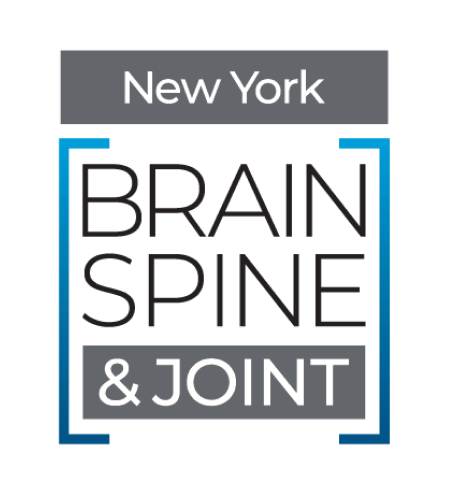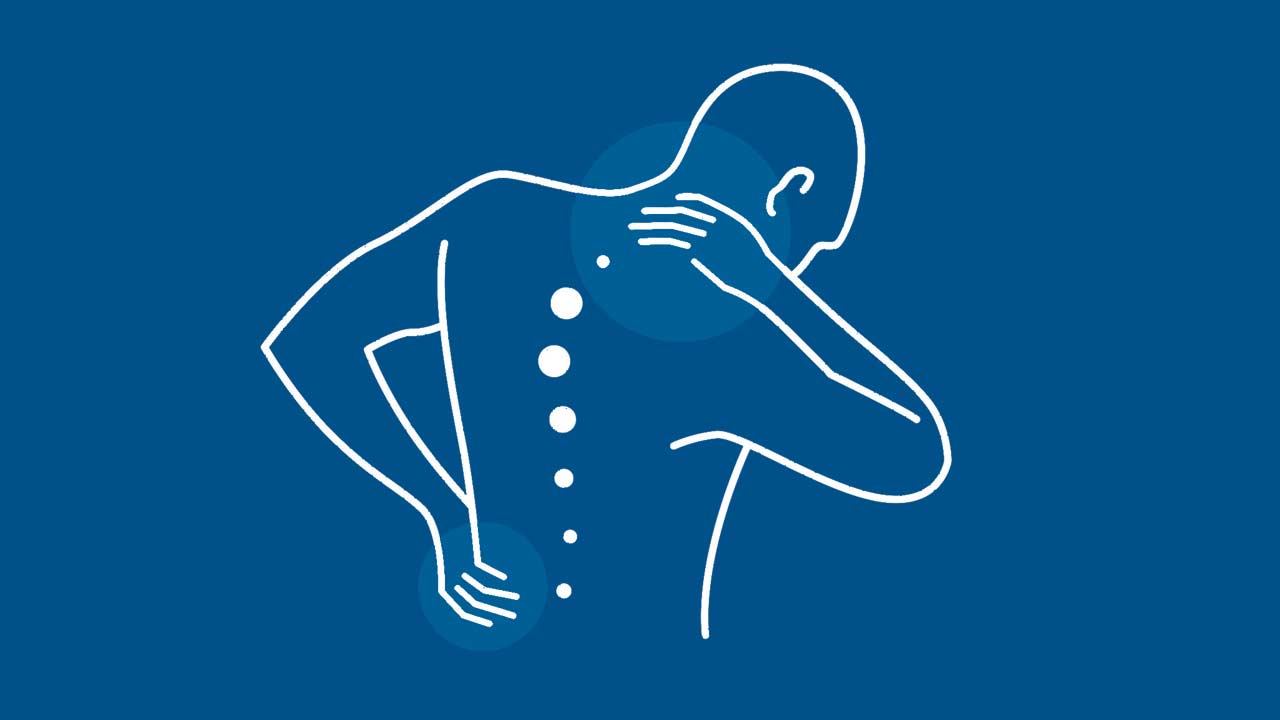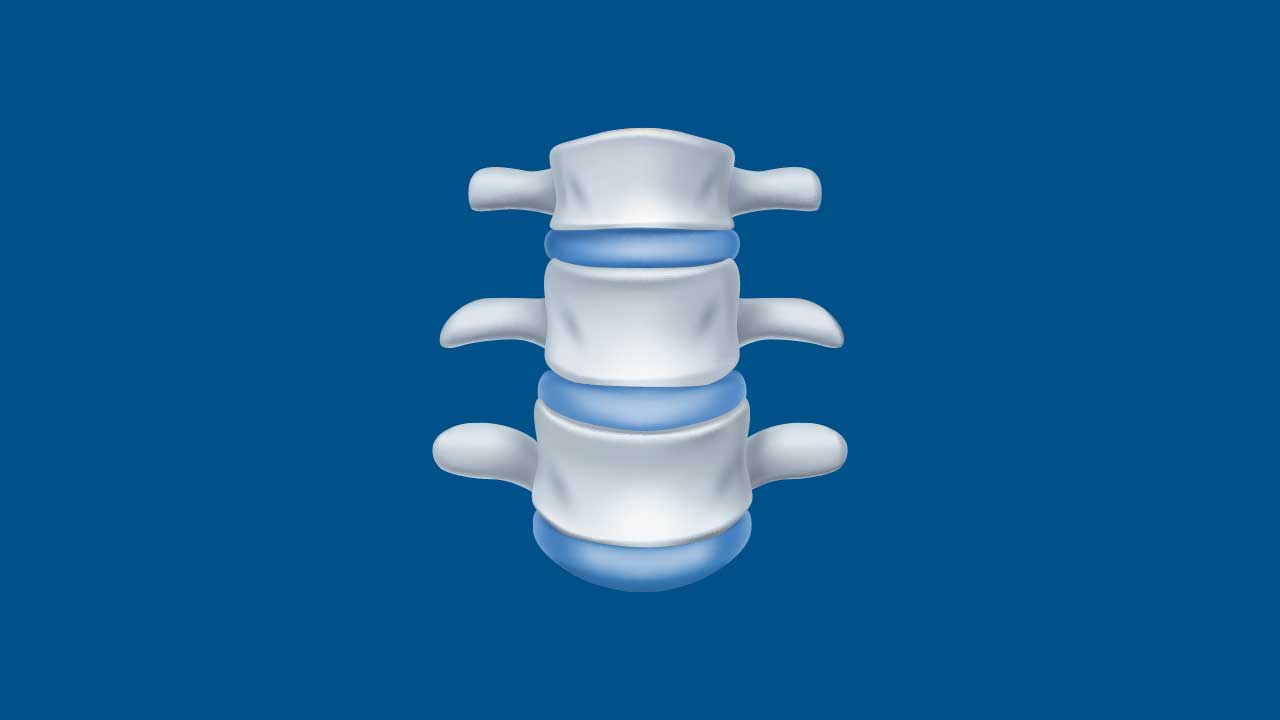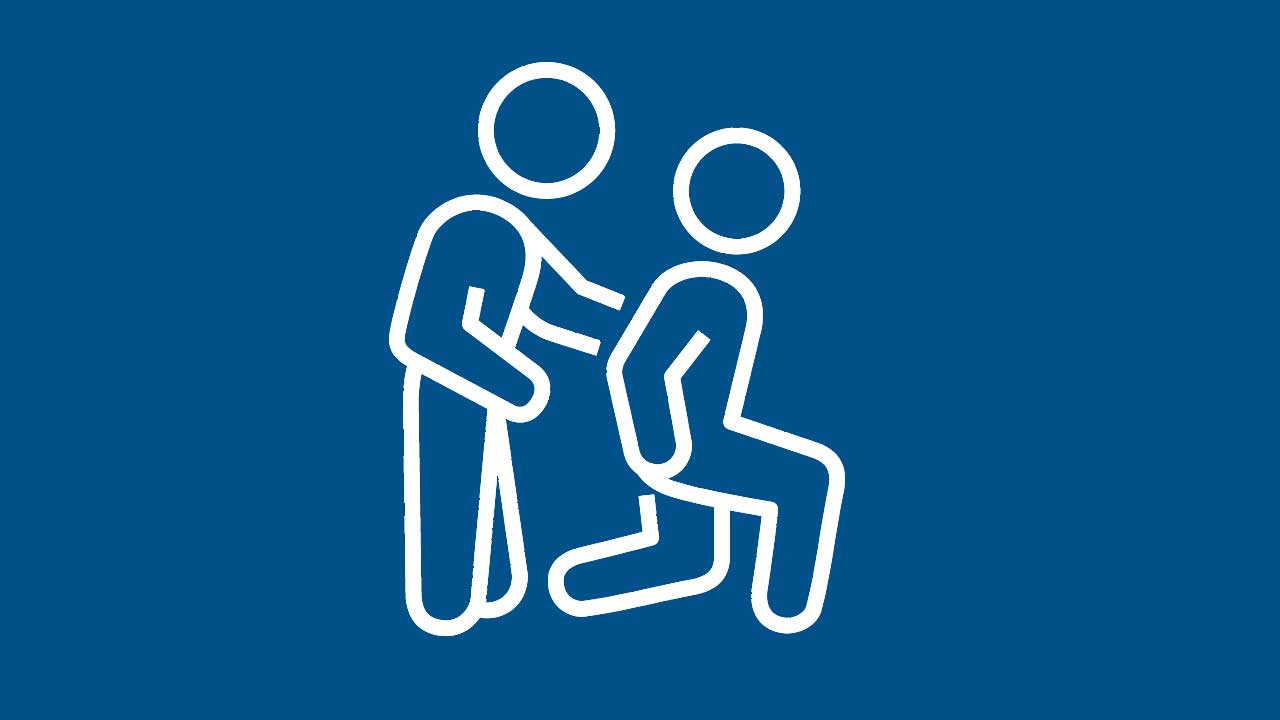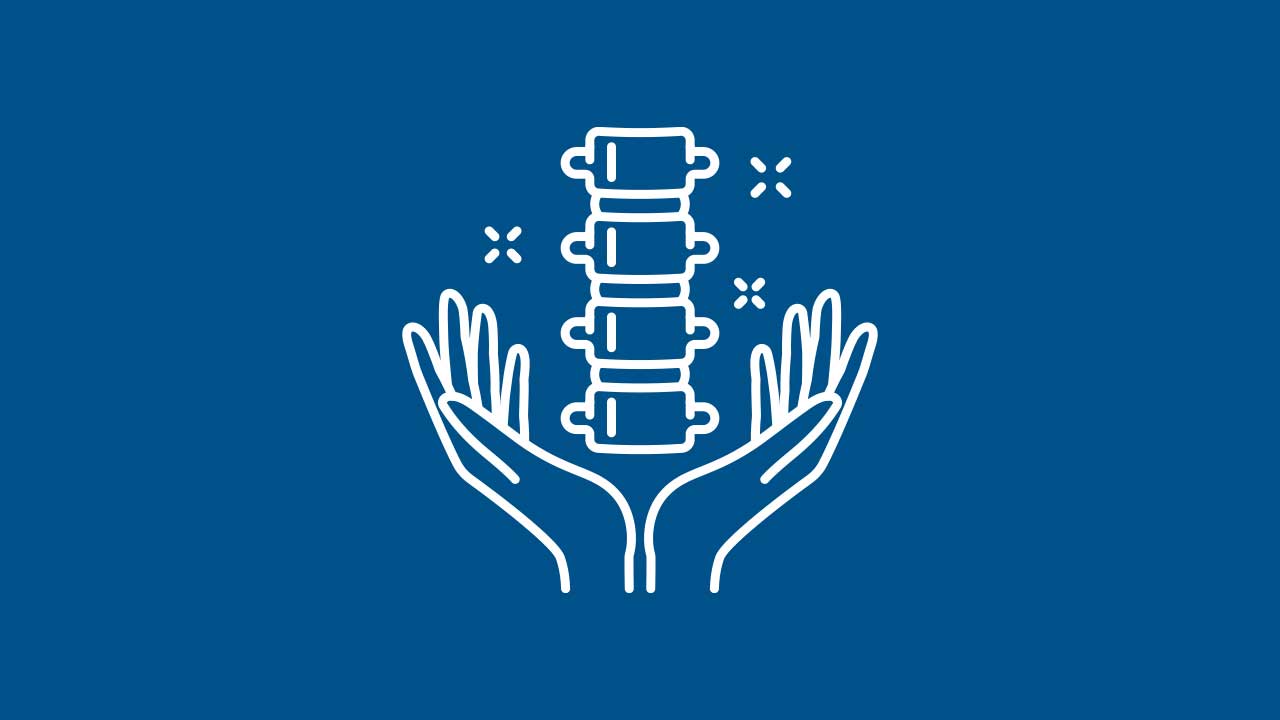Spondylolisthesis
Spondylolisthesis: Causes, Symptoms, and Treatment Options
Spondylolisthesis is a condition in which one vertebra slips forward relative to the vertebra below it. This misalignment can put pressure on spinal nerves, potentially causing pain, numbness, or weakness in the back or legs. Spondylolisthesis typically occurs in the lumbar spine (lower back) but can also affect other areas of the spine.
Understanding Spondylolisthesis
The spine is composed of individual vertebrae stacked on top of one another. In spondylolisthesis, structural or degenerative changes weaken the supporting joints and ligaments, allowing a vertebra to shift out of its normal position. The severity of the slip is often graded on a scale from 1 (mild) to 5 (severe).
Causes and Risk Factors
- Degenerative Changes
- Age-related wear and tear can weaken the facet joints and discs, making them more prone to slippage.
- Osteoarthritis can contribute to joint instability.
- Age-related wear and tear can weaken the facet joints and discs, making them more prone to slippage.
- Stress Fractures (Isthmic Spondylolisthesis)
- Repetitive stress on the spine—often seen in gymnasts, football linemen, or weightlifters—may lead to small fractures in the pars interarticularis, allowing vertebrae to slip.
- Repetitive stress on the spine—often seen in gymnasts, football linemen, or weightlifters—may lead to small fractures in the pars interarticularis, allowing vertebrae to slip.
- Congenital Defects
- Some individuals are born with defects in the spine’s bony structure, increasing the risk of slippage.
- Some individuals are born with defects in the spine’s bony structure, increasing the risk of slippage.
- Trauma or Injury
- Sudden impacts, falls, or accidents can cause fractures or damage that leads to spondylolisthesis.
- Sudden impacts, falls, or accidents can cause fractures or damage that leads to spondylolisthesis.
- Genetics
- A family history of spinal issues may predispose someone to spondylolisthesis.
- A family history of spinal issues may predispose someone to spondylolisthesis.
Common Symptoms
- Lower Back Pain: Often worsens with standing or extension of the spine.
- Leg Pain or Sciatic: Nerve compression may result in radiating pain, tingling, or numbness in the legs.
- Muscle Tightness: Hamstring stiffness is frequent, leading to restricted movement.
- Changes in Posture or Gait: Severe cases might alter walking patterns due to pain or spinal misalignment.
Diagnosis
- Physical Exam
- Evaluation of posture, range of motion, and neurological function (reflexes, sensation, and muscle strength).
- Imaging Tests
- X-rays: Can reveal the degree of vertebral slippage.
- MRI or CT Scan: Offers detailed views of soft tissues, nerves, and bone structures.
- X-rays: Can reveal the degree of vertebral slippage.
- Evaluation of posture, range of motion, and neurological function (reflexes, sensation, and muscle strength).
- Flexion-Extension X-rays
- Taken while bending forward and backward to assess stability and the extent of movement between vertebrae.
- Taken while bending forward and backward to assess stability and the extent of movement between vertebrae.
Non-Surgical Treatment Options
- Medications
- NSAIDs (nonsteroidal anti-inflammatory drugs) or other pain relievers may help reduce inflammation and discomfort.
- NSAIDs (nonsteroidal anti-inflammatory drugs) or other pain relievers may help reduce inflammation and discomfort.
- Physical Therapy
- Exercises to strengthen the core and lower back muscles, enhancing spinal support.
- Stretching routines to alleviate hamstring tightness and improve flexibility.
- Exercises to strengthen the core and lower back muscles, enhancing spinal support.
- Bracing
- A back brace may stabilize the spine temporarily, reducing strain and pain.
- A back brace may stabilize the spine temporarily, reducing strain and pain.
- Epidural Steroid Injections
- Steroids injected near affected nerve roots can lessen inflammation and pain.
- Steroids injected near affected nerve roots can lessen inflammation and pain.
- Lifestyle Modifications
- Weight management, smoking cessation, and low-impact exercises (e.g., swimming or walking) support spinal health.
- Weight management, smoking cessation, and low-impact exercises (e.g., swimming or walking) support spinal health.
Surgical Treatment Options
-
Spinal Fusion
Fusing two or more vertebrae prevents further slippage and stabilizes the spine.
Hardware such as rods or screws may be used to maintain alignment during the fusion process. -
Decompression Procedures
Removing bone or tissue pressing on nerves can alleviate pain and restore nerve function. -
Minimally Invasive Techniques
Smaller incisions and specialized instruments reduce tissue damage, pain, and recovery time
Recovery and Rehabilitation
-
Short-Term Recovery: May include a brief hospital stay, pain control, and limited activity.
-
Physical Therapy: A customized exercise program helps rebuild strength, improve flexibility, and protect the surgical site (if surgery was performed).
- Long-Term Maintenance: Consistent low-impact exercises, proper posture, and periodic follow-ups are crucial for preventing recurrence.
Our Multi-Disciplinary Approach in NYC
At our multi-location medical practice in the New York City metro area, neurosurgeons, orthopedic spine surgeons, pain management experts, and rehabilitation specialists collaborate to diagnose and treat spondylolisthesis. We employ advanced diagnostic tools and design personalized treatment plans, accommodating patients from New York state, across the U.S., and worldwide.
Additional Resources
Disclaimer
